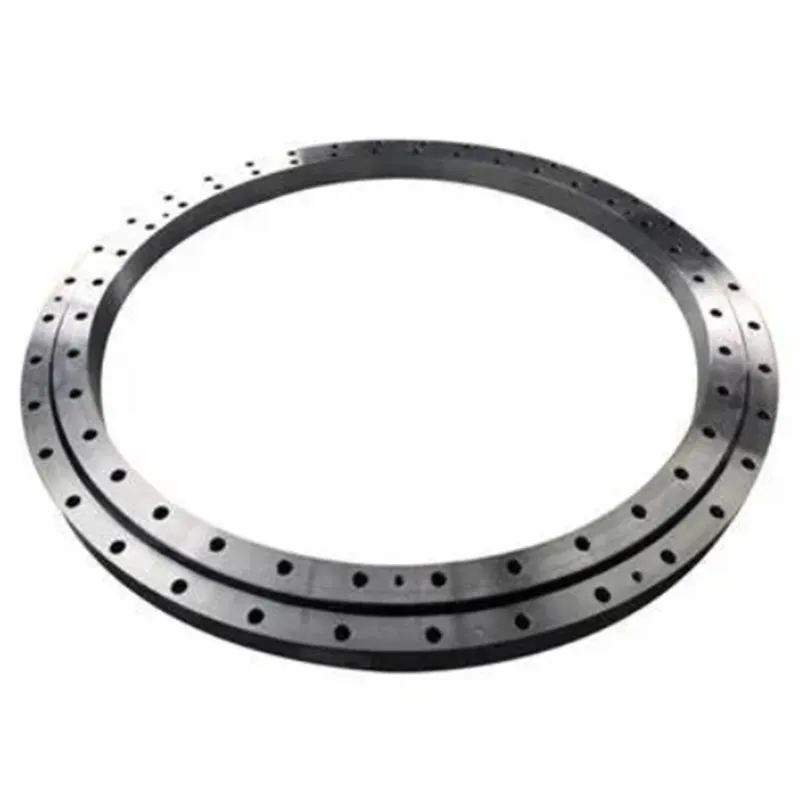-
Cangzhou Yulong Steel Co., Ltd.
-
Phone:
+86 13303177267 -
Email:
admin@ylsteelfittings.com
- English
- Arabic
- Italian
- Spanish
- Portuguese
- German
- kazakh
- Persian
- Greek
- French
- Russian
- Polish
- Thai
- Indonesian
- Vietnamese
- Zulu
- Korean
- Uzbek
- Hindi
- Serbian
- Malay
- Ukrainian
- Gujarati
- Haitian Creole
- hausa
- hawaiian
- Hebrew
- Miao
- Hungarian
- Icelandic
- igbo
- irish
- Japanese
- Javanese
- Kannada
- Khmer
- Rwandese
- Afrikaans
- Albanian
- Amharic
- Armenian
- Azerbaijani
- Basque
- Belarusian
- Bengali
- Bosnian
- Bulgarian
- Catalan
- Cebuano
- China
- China (Taiwan)
- Corsican
- Croatian
- Czech
- Danish
- Esperanto
- Estonian
- Finnish
- Frisian
- Galician
- Georgian
- Kurdish
- Kyrgyz
- Lao
- Latin
- Latvian
- Lithuanian
- Luxembourgish
- Macedonian
- Malgashi
- Malayalam
- Maltese
- Maori
- Marathi
- Mongolian
- Myanmar
- Nepali
- Norwegian
- Norwegian
- Occitan
- Pashto
- Dutch
- Punjabi
- Romanian
- Samoan
- Scottish Gaelic
- Sesotho
- Shona
- Sindhi
- Sinhala
- Slovak
- Slovenian
- Somali
- Sundanese
- Swahili
- Swedish
- Tagalog
- Tajik
- Tamil
- Tatar
- Telugu
- Turkish
- Turkmen
- Urdu
- Uighur
- Welsh
- Bantu
- Yiddish
- Yoruba

Nov . 08, 2024 02:32 Back to list
Understanding ANSI 300 LB Flanges Specifications and Applications for Industrial Use
Understanding ANSI 300 lbs Flanges A Comprehensive Overview
Flanges play a critical role in the piping and plumbing industries, providing important connections between different segments of piping systems. Among the various types of flanges, the ANSI (American National Standards Institute) 300 lbs flanges are commonly used in a variety of applications where robust performance and reliability are required. This article will explore the characteristics, specifications, applications, and considerations of ANSI 300 lbs flanges.
What is ANSI 300 lbs Flange?
ANSI flanges are classified based on pressure ratings, with the ANSI 300 lbs flange indicating a pressure class of 300 pounds per square inch (psi) at a standard temperature of 100°F (38°C). The designation signifies the flange's ability to withstand certain temperature and pressure conditions, making it suitable for industrial applications involving water, oil, gas, and other fluid systems.
The ANSI (American National Standards Institute) maintains the standards for these flanges, ensuring uniformity and safety across the industry. ANSI flanges are commonly manufactured from various materials, including carbon steel, stainless steel, and alloy steel, making them versatile for numerous applications.
Key Characteristics of ANSI 300 lbs Flanges
1. Dimensions ANSI 300 lbs flanges come in a range of sizes, with nominal diameters typically ranging from 1/2 inch to 30 inches. The flange dimensions are standardized, which ensures compatibility with piping systems.
2. Pressure Ratings The 300 lbs designation indicates that the flange can safely handle pressures up to 300 psi at room temperature. This rating can vary with temperature, so it’s essential to consult pressure-temperature charts provided by manufacturers.
3. Material Composition ANSI 300 lbs flanges can be made from various materials, including ASTM A105 for carbon steel and ASTM A182 for stainless steel. The choice of material affects the flange's durability, corrosion resistance, and overall performance.
4. Bolt Patterns ANSI flanges employ standardized bolt patterns, making it easier to connect them with compatible piping systems. The bolt circle diameter and the number of bolt holes are also standardized for ease of installation.
5. Gasketing Flange connections typically require gaskets to create a seal and prevent leaks. The type of gasket used will depend on the specific application and the materials of the flange and the pipes it connects.
flange ansi 300 lbs

Applications of ANSI 300 lbs Flanges
ANSI 300 lbs flanges are widely used in various industries, including
- Oil and Gas Used in pipelines to connect different sections, valves, and other equipment. - Water Treatment Essential in water supply systems for connecting pipes, valves, and treatment facilities. - Chemical Processing Employed in the construction of reactors, separators, and other process equipment. - Power Generation Integral components in steam and gas turbines, heat exchangers, and cooling systems.
These flanges help safely and efficiently manage the flow of liquids and gases in industrial environments.
Considerations When Using ANSI 300 lbs Flanges
1. Compatibility Ensure that the flange rating matches the requirements of the piping system in terms of pressure, temperature, and fluid type. Mixing flange ratings can lead to catastrophic failures.
2. Installation Proper installation is crucial for preventing leaks. Follow manufacturer's recommendations for torqueing bolts, using the correct type of gasket, and ensuring surface cleanliness.
3. Corrosion and Wear Consider the environment in which the flanges will be placed. For corrosive applications, selecting resistant materials or coatings may be necessary to enhance durability.
4. Maintenance Regular inspection of the flange connections is essential to ensure integrity and performance. Look for signs of wear, corrosion, or leakage during routine checks.
Conclusion
ANSI 300 lbs flanges are a vital component in various piping systems across multiple industries. Their ability to withstand significant pressure and temperature makes them a reliable choice for connecting pipes and equipment. Understanding the characteristics, applications, and considerations of these flanges is essential for anyone working in the piping industry. By selecting the right flange and ensuring proper installation and maintenance, professionals can enhance the efficiency and safety of their piping systems. Whether in oil and gas, water treatment, or chemical processing, ANSI 300 lbs flanges are indispensable tools for ensuring seamless operations.
Latest news
-
ANSI 150P SS304 SO FLANGE
NewsFeb.14,2025
-
ASTM A333GR6 STEEL PIPE
NewsJan.20,2025
-
ANSI B16.5 WELDING NECK FLANGE
NewsJan.15,2026
-
ANSI B16.5 SLIP-ON FLANGE
NewsApr.19,2024
-
SABS 1123 FLANGE
NewsJan.15,2025
-
DIN86044 PLATE FLANGE
NewsApr.19,2024
-
DIN2527 BLIND FLANGE
NewsApr.12,2024
-
JIS B2311 Butt-Welding Fittings LR/SR 45°/90° /180°Seamless/Weld
NewsApr.23,2024











